How Ather Energy uses data to design a better electric vehicle
The poster child of the Indian EV movement!
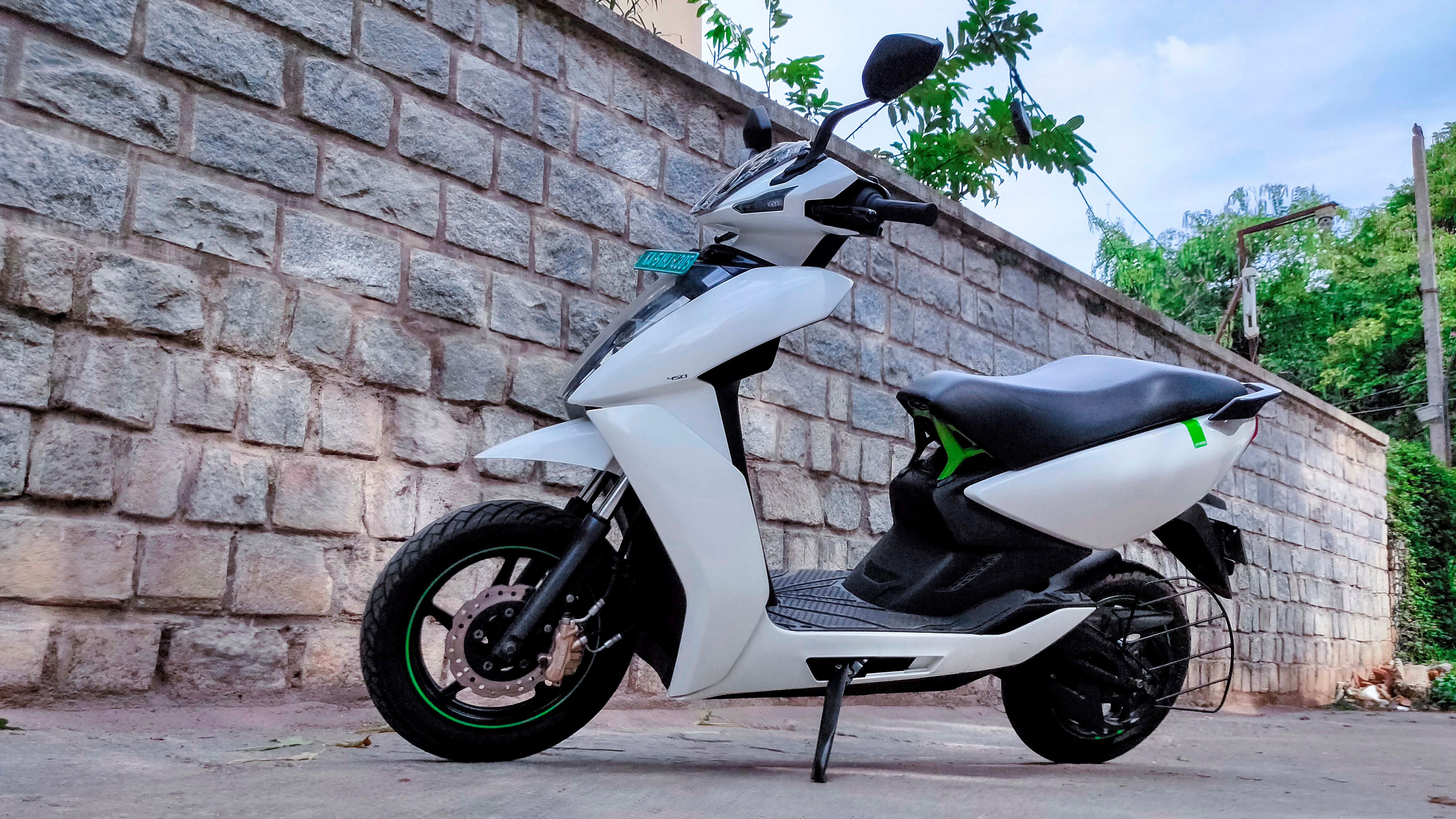
India is often said to be a sleeping giant when it comes to electric vehicles. In these early years, where manufacturers are still figuring out their products and strategies for India, Ather Energy has already begun shipping its scooters and has thousands more on pre-order. We recently got a chance to check out the Ather 450 and understand how it became the poster child of the Indian EV movement.
India as an EV market
There is no doubt that electric vehicles will replace ICEs (internal combustion engine vehicles) in the future. However, adoption has been rather slow. A recent study by Bloomberg revealed that India has only about 8,000 electric cars on the roads, a minuscule figure considering the 1.3 billion population of the country.
There are numerous reasons for this slow pace— inadequate charging infrastructure, expensive battery production charges, relatively higher upfront costs, and lesser range (mileage). While real efforts to promote EVs by the government have started only recently, it’s a reminder that the handful of companies that are committed to this future are taking huge risks by being early adopters.
The manufacturing of electric vehicles is not cheap. They call for entirely different assembly lines, different drivetrains have to be developed, and the component production is yet to reach a feasible scale that will bring the costs down. R&D will also have to start from the ground up, and specialized knowledge and expertise are still in their growing stages. For a price-sensitive market like India, these factors further hamper the sales of electric vehicles.

What sets Ather Energy apart?
Ather Energy was one of the first electric-only automobile manufacturers in India when they commenced operations in 2013. However, it was only a year ago, on September 2018, that Ather 450 deliveries started. All these years were used to develop a vehicle that is not only comparable to the ones that people are used to but also adds a layer of smart software that holds everything together and improves over time.
The market will soon have many offerings of electric vehicles, but our native software integration will differentiate Ather from any other competitor.
Swapnil Jain, co-founder, Ather Energy
“Legacy automakers come with a very mechanical view at cars,” explains Swapnil Jain, the co-founder. “But at Ather, the team consists of engineers and designers from various disciplines such as product, mechanical, software, communications, etc.”.
Electric vehicles are more like advanced computers than cars from the inside. That is especially true for the Ather 450 because all the peripherals, including the headlights, horns, speakers, are controlled by software. Almost all the basic functions have a piece of code backing them. It may seem unnecessary at first glance, but this means everything can be monitored, customized, fixed, and thus, improved via OTA updates.
Sign up for breaking news, reviews, opinion, top tech deals, and more.
Here’s a growing list of features that weren’t initially present on the Ather 450 scooter, but gained them over time:
- Auto brightness on the digital dashboard
- Onboard diagnostics
- Different riding modes (Sport, Ride, Eco)
- Riding stats
- Multi route selection for the onboard GPS
- Fan sound reduction
All of these, along with a couple more were added later, reminding us about the possibilities in the future. All of these can also be interacted with on the Ather app on your phone.
The Ather 450 has 46 sensors onboard that monitor all the crucial components like battery health and thermals, motors, GPS, riding patterns, charging habits, and more. Each of these sensors communicates with the cloud providing them with specific real-time information, which in turn helps to squash bugs faster than ever before. Predictive maintenance information and ride statistics are offered to the riders, so they know how to improve and get the most out of their vehicles. “This also gives us data to iterate on our products faster and goes a long way for making rapid product development possible.”
We enquired about how the location tracking works and what the consumers feel about it. They explained that some riders were justifiably concerned about their location being tracked, but it works in a way that the scooter’s live location is not constantly being shown or monitored. Instead, it is stored and converted in a format that makes the data easier to decipher. But for consumers that there are still worried, there’s also an “Incognito mode” that can be toggled, which stops location data from being shared.

An intelligent charging network
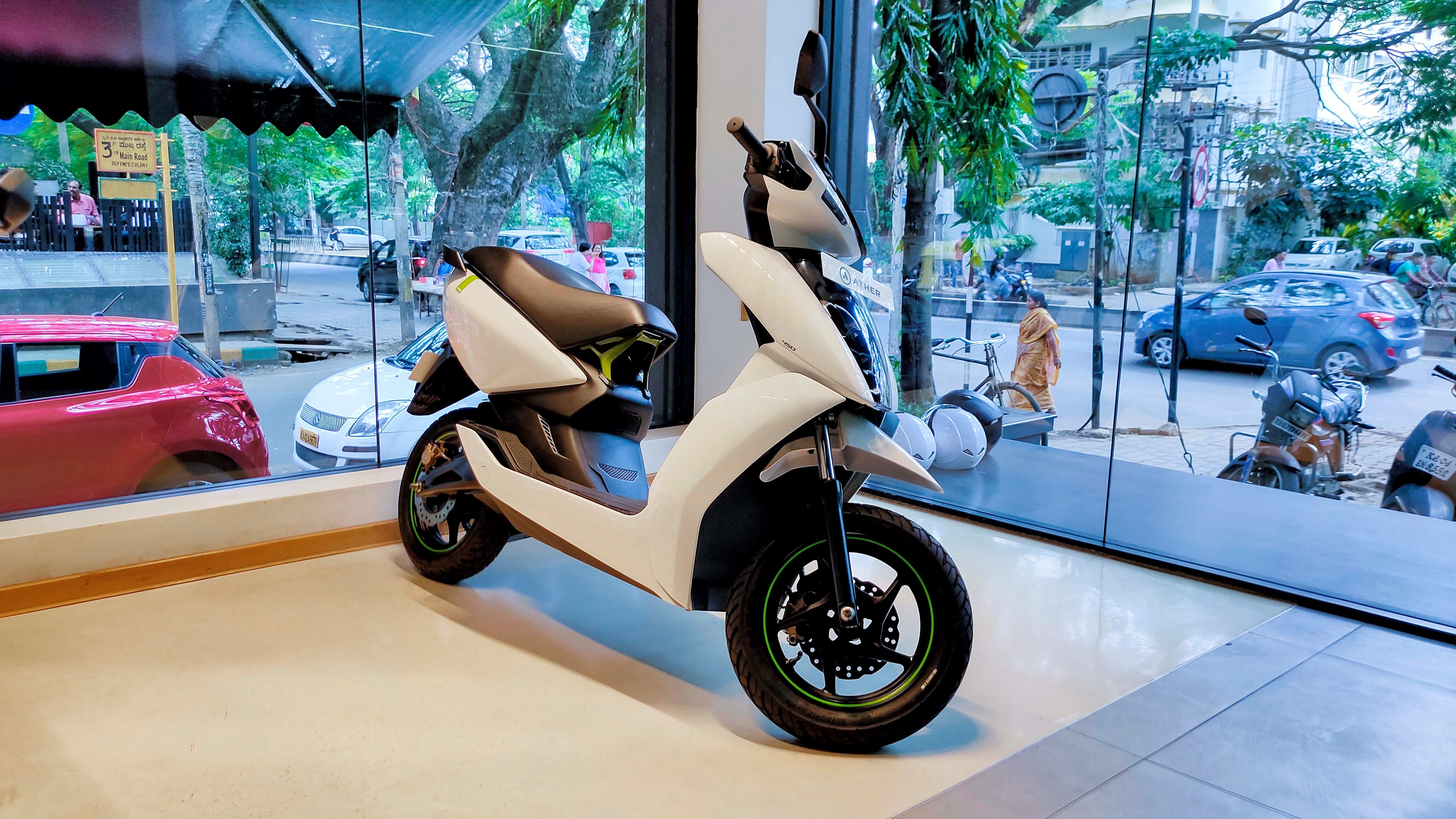
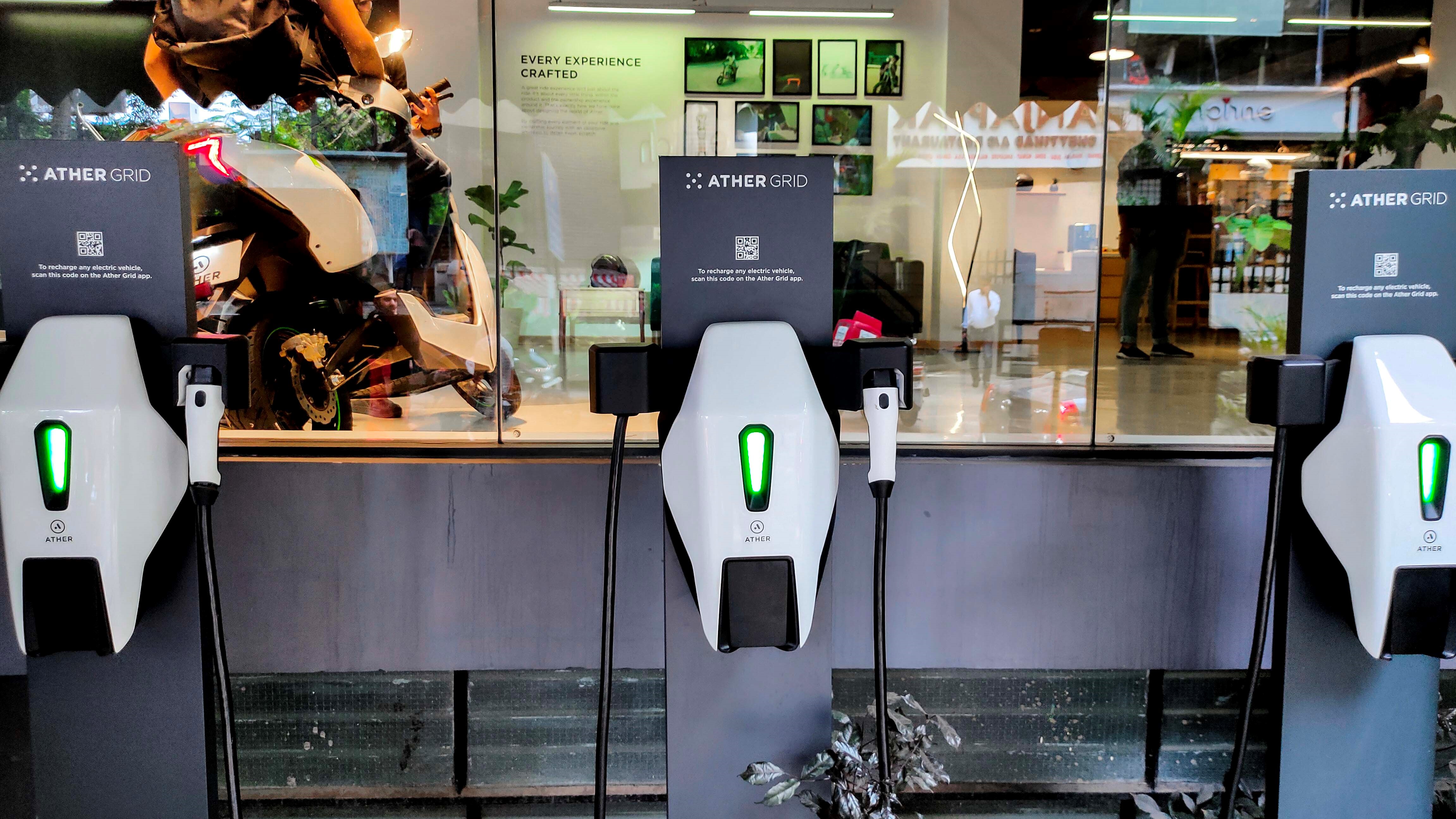
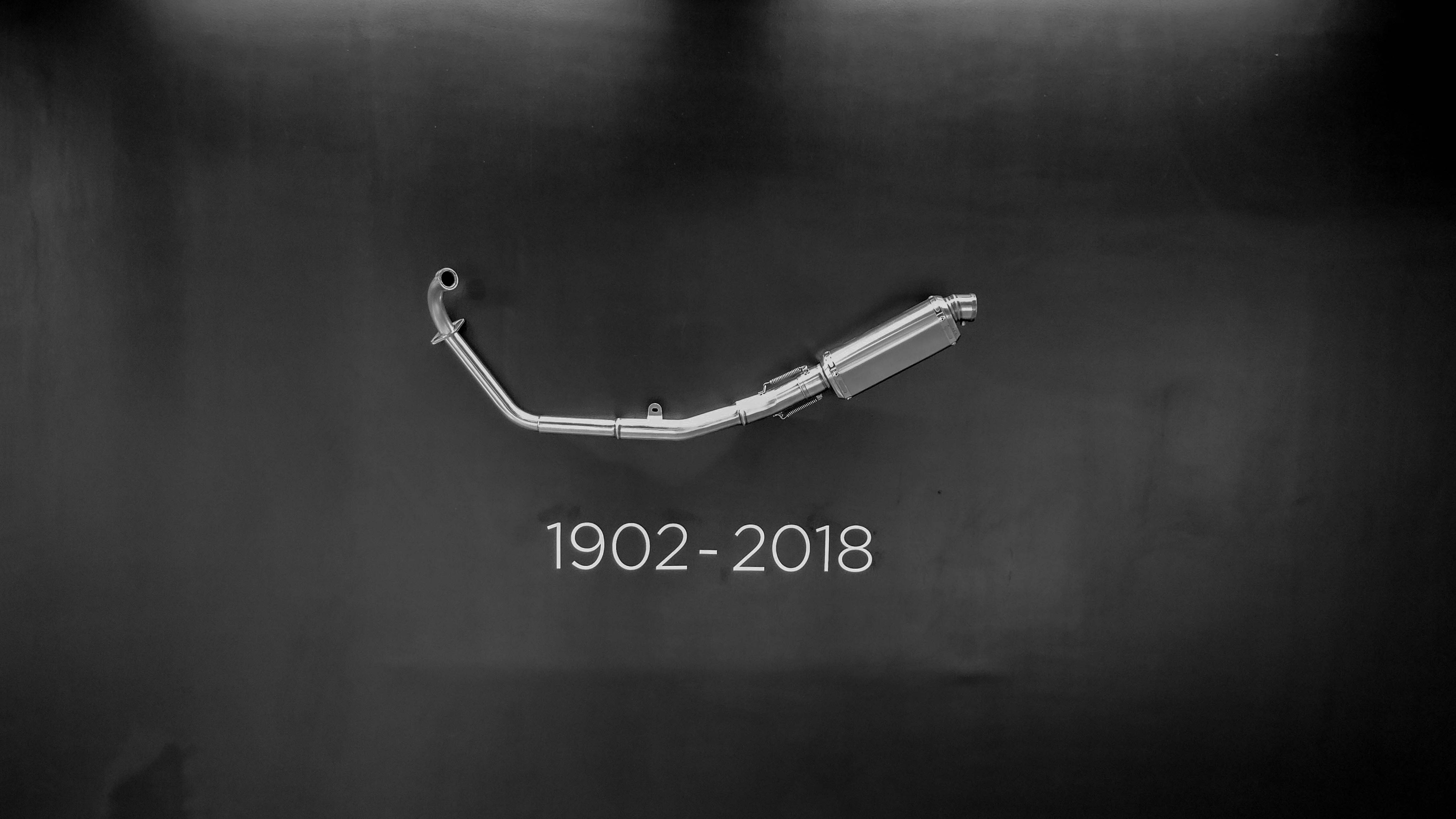
Following this discussion, we headed out to the Ather Space, which is a flagship experience center in the heart of Bangalore, to test-drive the 450 ourselves and get a better feel of some of the other features and improvements. When Ather was founded, pre-orders mainly happened at its website. This store acted as an additional touchpoint for consumers to try out the vehicles, understand the tech behind it, and get immediate answers to any questions. It’s also one of the 36 Ather Grid locations which offer free, fast charging to the public.
The Ather Grid network was brilliant. We often hear how a lack of charging infrastructure scares customers away from electric vehicles, and this is Ather’s well-executed answer to that. These are essentially charging points that can be used by any electric vehicle for free (till the end of this year). These are also connected to the cloud and need to authenticate your vehicle before starting the charging. The power will also automatically cut off when to prevent the overcharging of the batteries. Ather has kept it available for all EVs and has a couple of Mahindra cars that frequently visit the Grid.
Interestingly, only about 5% of the charging happens at these charging stations, with the majority of it taking place at homes overnight. It is likely to change once more 450s hit the roads. Range anxiety is usually always a point of contention when discussing electric vehicles and charging infrastructure, but once again, Ather harnessed data to find the most feasible solution.

The average distance covered by an Ather 450 daily is 20.9 km, far lower than the maximum range of almost 100 km. It meant that most users would probably not need to charge daily. More importantly, Ather implores users to charge their scooters overnight and expects it to become a habit for electric vehicles going forward. The scooter is smart enough to know when to stop charging to prevent overcharging the batteries.
We asked if this regular charging is a healthy habit, considering that it increases the number of charge cycles being used. The solution, once again backed by data, was pretty smart. The Ather 450 has a 2.4 kWh battery; however, it’s charging is limited to 95% on the top and 5% on the lower end. Lithium-ion batteries inherently lose their charge holding capacity way faster when taken from 0 to full regularly. By limiting the range, the number of charge cycles increases by more than double.
According to the ride data acquired by Ather, a 90% range is the sweet spot for riders to ensure battery longevity without taking a big toll on the battery life. Technically speaking, an 80% range by limiting the battery from 10% to 90% would yield the battery conditions (almost a 5x improvement over 0 to 100%), but the range reduction would be too big for most riders. But that could theoretically be an option in the future.

Ather 450 initial impressions
After having understood the tech that makes the Ather 450 so smart, it was time we test what the ride felt like. Our non-technical initial impression revealed quite a few exciting features that just seemed so obvious at first but are rare to find on two-wheelers.
There is no direct electric switch to start the bike. You need to manually “swipe to start engine” on the digital dashboard, after which a big label on the top persists, informing the rider about the engine status. Since EVs make no noise or vibrations when switched on, it can be a hazard if a rider gets on without knowing if the engine is engaged or not.
There’s also a reverse “Park assist” mode, which slowly drives the scooter backward. No other two-wheeler currently offers this and can be a life-saver if you happen to park your vehicle on a slope or it gets stuck in a pothole.

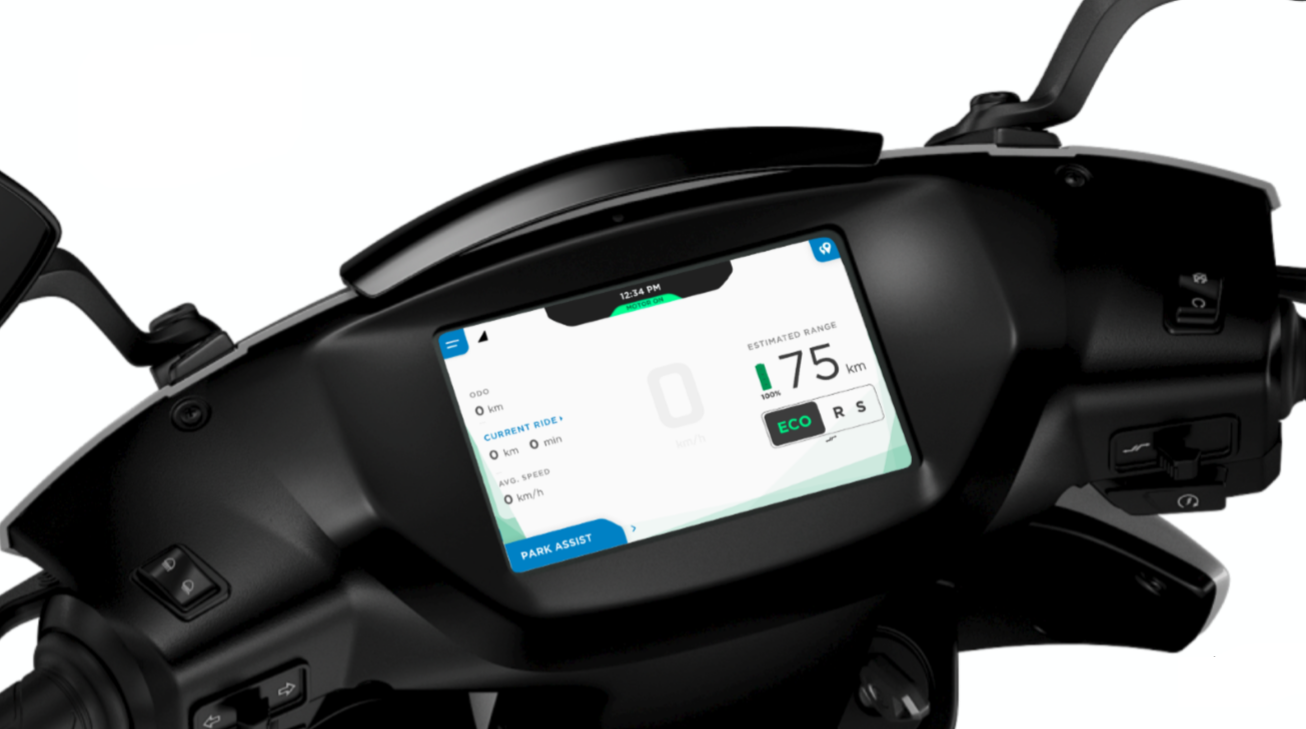
We quickly switched to the Sport mode to get a feel of what the 450 was capable of, and the engine torque was mind-blowing. If you’ve never driven an electric vehicle, the acceleration will baffle you. Within seconds we could go from a slow cruising speed to the top speed to overtake others without putting any strain on the engine. The only perceivable strain was the increased engine noise, but we were told that it was the cooling fan getting faster to keep the rest of the internal thermals in check and not the engine sound.
When customers return from a test ride back to the Ather Space, they are greeted with a cool data visualization that shows a ton of information around their short trip. From basics such as total distance, max speed and average mileage to the more complex stuff such as the most efficient 100m driven, gradeability, inertia and how sharply you leaned while turning are explained. Once again, this data is stored on the Ather cloud to understand riding patterns better, and no, it is not always visualized and studied by individuals. Outside of these test rides, they are in a more compact data format that can’t be directly inferred.

Back at the office, they also shared data around which ride modes are preferred by the current crop of Ather owners so that they can eventually create additional ride modes, which can be a mix of sprinting and cruising or whatever the users seem to prefer. For example, 55% of the trips are made in the Ride mode and 28% use only the Sports mode, with the rest being a mixture. It could be used to add another driving mode, which allows the scooter to make short bursts of high-speed and drop back to regular cruising speeds for a better range.

The future of mobility
While consumers will be able to lower their fuel charges, Swapnil believes this will be way more useful in B2B scenarios where the vehicles are more likely to touch their maximum range more regularly, amplifying the savings. Use cases could include parcel or food deliveries, last-mile commute, and vehicle rentals. Bounce, which is the world’s fastest-growing bike-sharing startup, is also in talks with Ather as they work towards electrifying their fleet.
The future of mobility is expected to have four prominent characteristics. Denoted as CASE, vehicles of the future will be:
- Connected: the vehicles will be communicating with one another, the cloud, GPS satellites and other parties involved in the journey.
- Autonomous: still a few years away, vehicles will one day drive themselves from point A to point B, requiring minimum human interjection.
- Shared: with the rising costs of upfront vehicle ownership and dipping sales, a shared/rental model makes a lot more sense where the vehicle can be picked from where you need and dismissed when done.
- Electric: moving away from fossil fuels is going to be an inevitable change that is going to be prevalent in the automotive space in the years to come. Regardless of the emissions prospect, they are just more superior vehicles in almost every way. Once battery densities improve with technology, even the last hurdle of range will be gone.
Considering this, innovative automobile manufacturers such as Tesla Motors and Ather Energy are better positioned to succeed in the future and extend their leads over other companies that are just starting their electric journeys. It’s not just about what these vehicles can do today, but also about what they will be capable of in the future.

Aakash is the engine that keeps TechRadar India running, using his experience and ideas to help consumers get to the right products via reviews, buying guides and explainers. Apart from phones, computers and cameras, he is obsessed with electric vehicles.